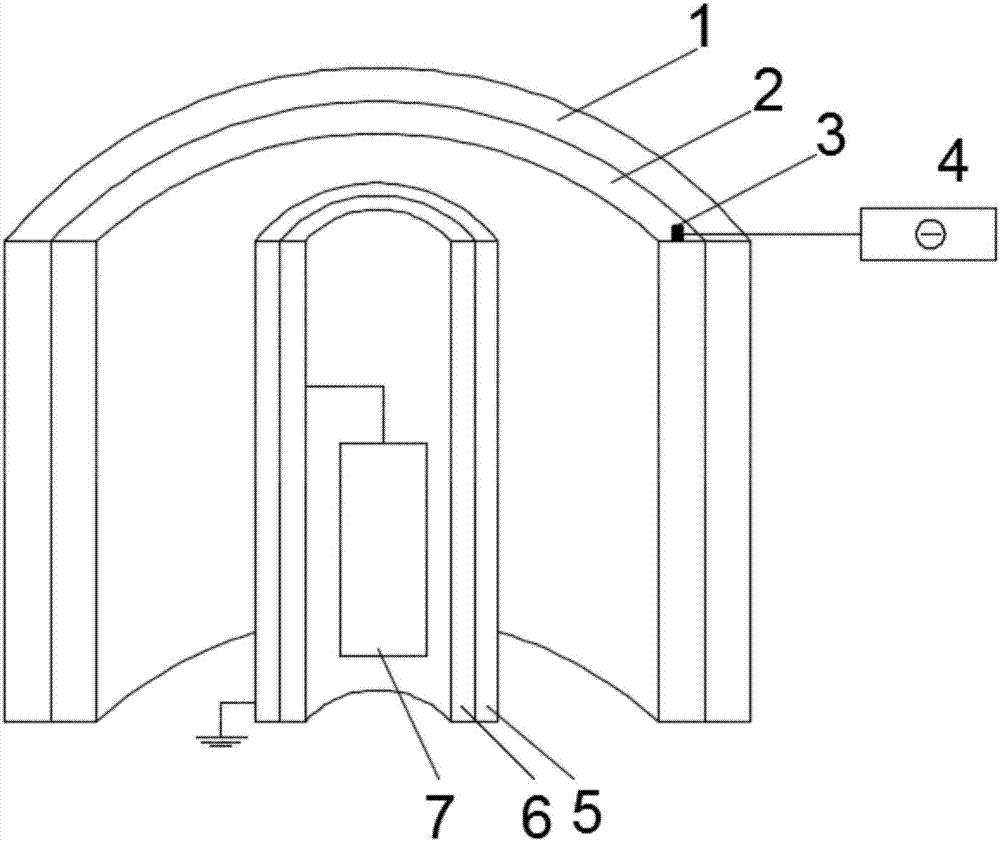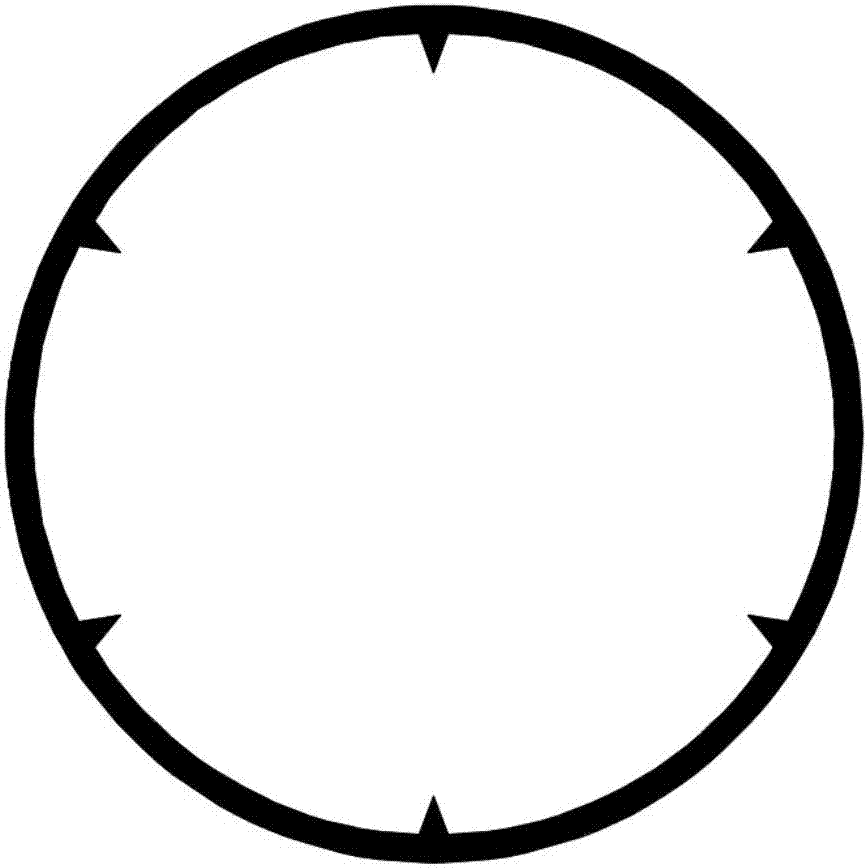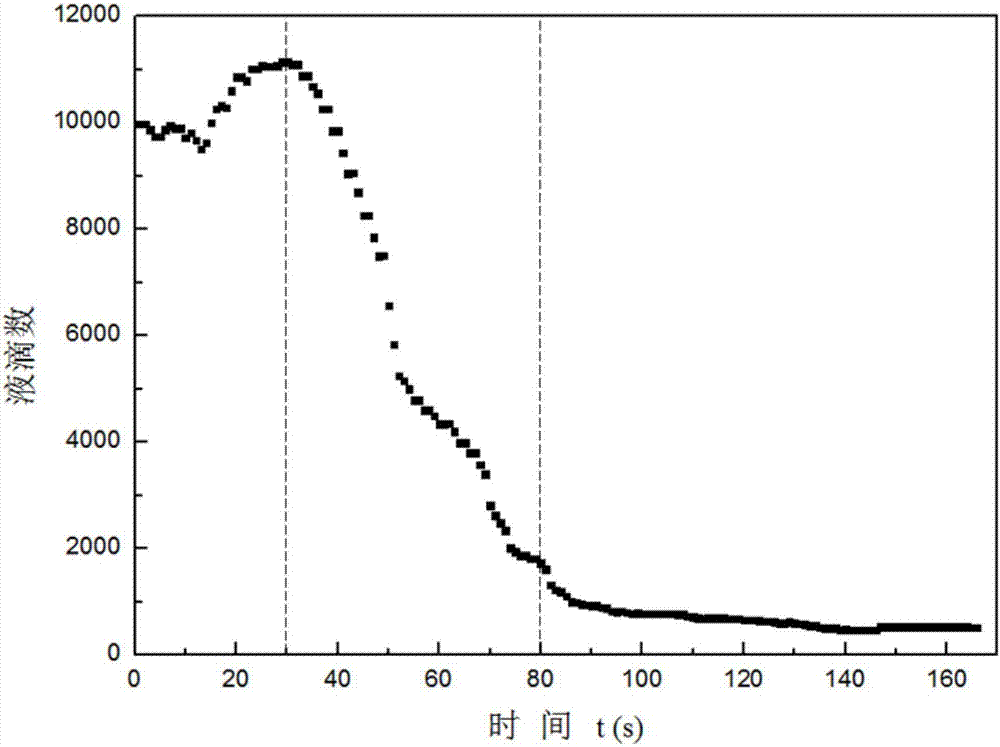Electrostatic dehumidifying device
An electrostatic and water collection device technology, applied in the field of dehumidification technology research, can solve the problems of reducing relative humidity, complex design, and large noise, and achieve the effects of high charging efficiency, long residence time, and increased charging capacity
- Summary
- Abstract
- Description
- Claims
- Application Information
AI Technical Summary
Problems solved by technology
Method used
Image
Examples
Embodiment
[0043] In this example, the electrode ring 2 wrapped by the insulating layer 1 is 26 cm long, and its inner surface is evenly distributed along the circumferential direction with 6 rows of thorns 8 with a height of 10 mm. Connect the electrode ring 2 to the negative high voltage generator 4 through the electrode terminal 3 . Let droplets with a particle size of 8-15 microns pass through the device at a flow rate of 1.5m / s, adjust the negative high voltage generator to 4 to 8kV at 30 seconds, and the system reaches equilibrium at 80 seconds, as image 3 As shown, the liquid droplets enter the water collecting device 7 through the unidirectional water-conducting layer. Finally, the droplet removal efficiency is above 95%, which can effectively remove water mist and achieve the purpose of dehumidification.
PUM
 Login to View More
Login to View More Abstract
Description
Claims
Application Information
 Login to View More
Login to View More - R&D
- Intellectual Property
- Life Sciences
- Materials
- Tech Scout
- Unparalleled Data Quality
- Higher Quality Content
- 60% Fewer Hallucinations
Browse by: Latest US Patents, China's latest patents, Technical Efficacy Thesaurus, Application Domain, Technology Topic, Popular Technical Reports.
© 2025 PatSnap. All rights reserved.Legal|Privacy policy|Modern Slavery Act Transparency Statement|Sitemap|About US| Contact US: help@patsnap.com



